With over 30 million units sold, the Honda Civic is the best-selling car from the Japanese car manufacturer. It was introduced as a two-door sedan in 1972 and set new standards in refinement, efficiency, and reliability. Over the decades though, it evolved into a sporty, performance-oriented car while still maintaining its efficient and reliable nature as you will know in this article on Honda Civic history.
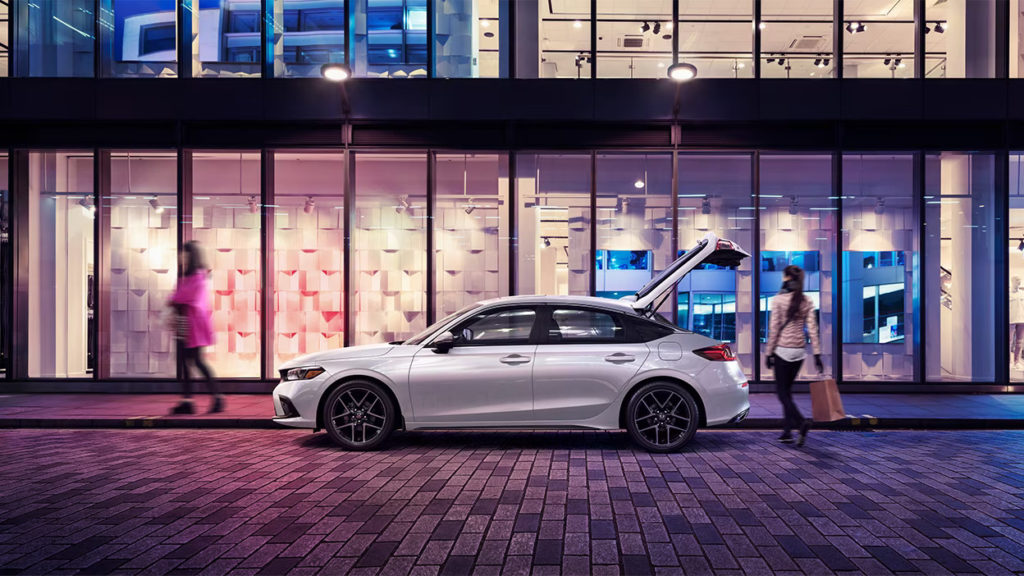
The Honda Civic was available in multiple body styles through the decades and different models catered to varying buyer requirements. In this article, we delve into the 11 generations of the Honda Civic, the arrival of the Honda Civic Type-R, and the Honda Civic history.
Origins Of The Honda Civic
In the 1950s, Honda established itself as one of the greatest motorcycle manufacturers and then decided to step into the world of four wheels. In 1963, Honda’s first car — the N360 was introduced. It was a mini car with a transversely mounted front engine. This was the beginning of a revolution in the automotive industry.
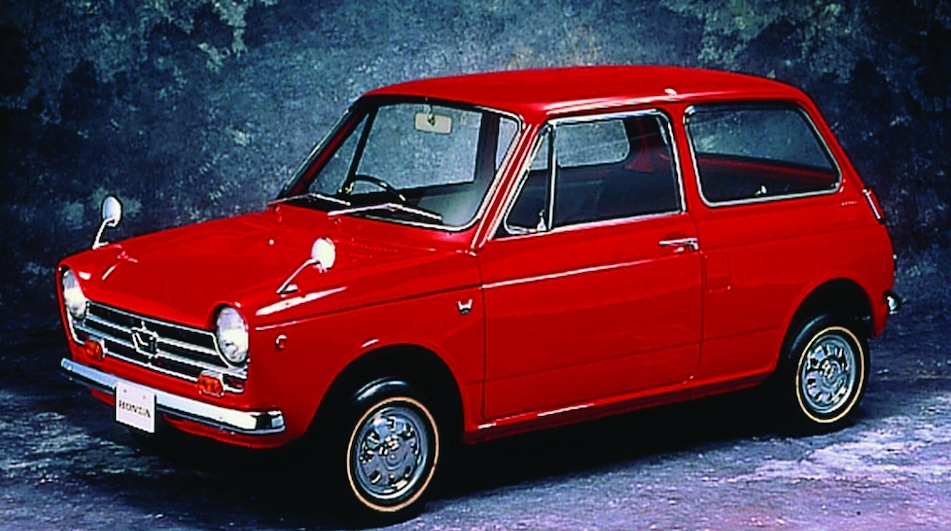
Several other European car manufacturers adopted this style and the Honda Civic when launched in 1972 used the same layout. The Honda Civic actually gave Honda a chance to compete with more contemporary car manufacturers on a global scale.
First Generation Honda Civic | 1972 – 1979
The first generation Honda Civic, introduced in 1972, laid the foundation for Honda’s iconic compact car legacy. Born in response to the oil crisis, the first-generation Civic was a pioneering force in fuel efficiency. Its transverse engine layout and front-wheel-drive configuration were revolutionary for the time, emphasizing practicality and space utilization.
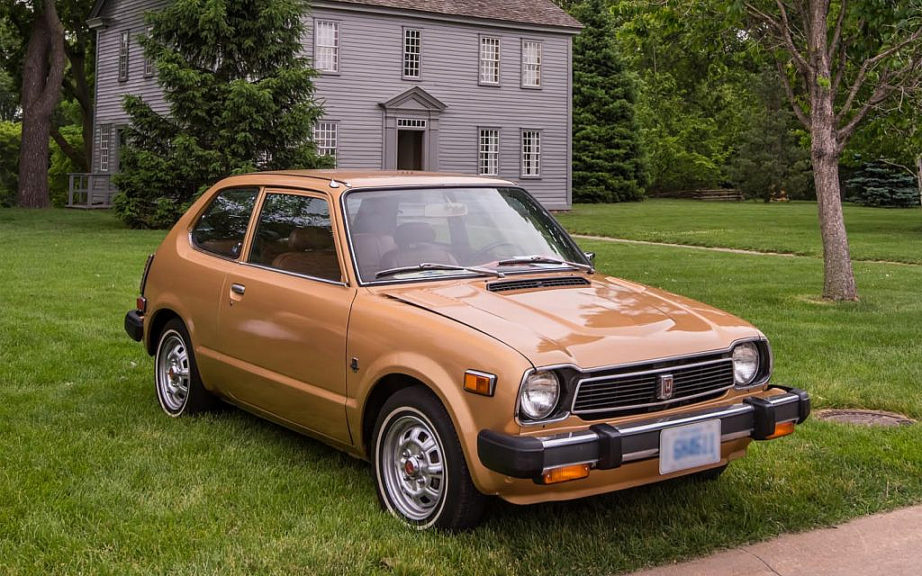
The Civic’s humble yet efficient design quickly won over consumers seeking reliable transportation during an era of changing priorities. This inaugural model established the Civic’s reputation for reliability, affordability, and fuel economy – qualities that would define the Civic’s enduring success for decades to come. Engine options ranged from a 1.2-litre to a 1.5-litre inline-4.
Second Generation Honda Civic | 1979 – 1983
The second generation marked a shift towards a more sophisticated design and enhanced performance. With a longer wheelbase and improved interior space, the Civic aimed to appeal to a broader audience. The introduction of the Civic Station Wagon highlighted Honda’s commitment to versatility, catering to families and individuals alike.
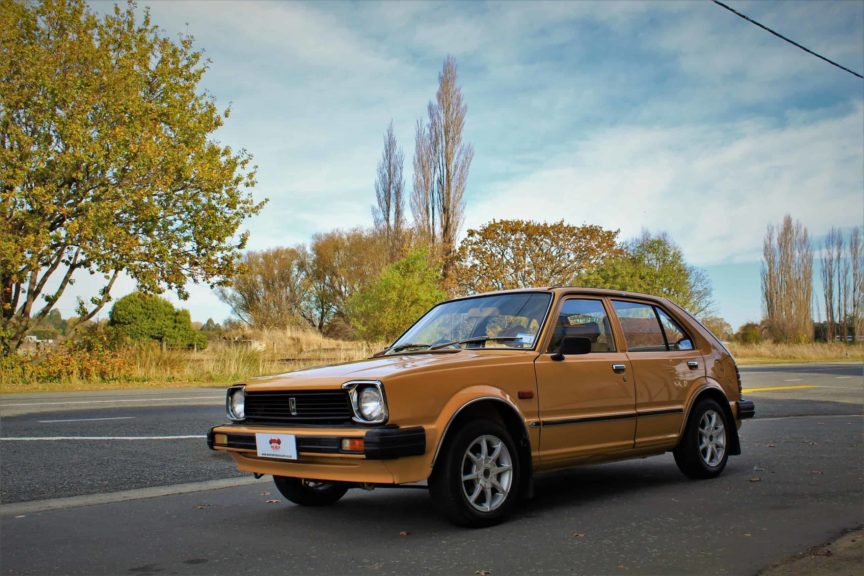
It was available with either a 1.3-litre inline-4 engine or a 1.5-litre inline-4 engine. Along with the 4 and 5-speed manual gearboxes, Honda carried forward the 2-speed automatic from the first generation and also introduced a new 3-speed automatic.
Third Generation Honda Civic | 1983 – 1987
As the 1980s dawned, the Civic began to embrace a sportier personality. The introduction of the Civic Si hatchback emphasized performance, featuring a peppy engine and a nimble chassis. This generation also witnessed the emergence of the Civic CRX, a two-seater that further solidified the Civic’s reputation for innovation and diversity.

The third generation was a crucial step for Honda, demonstrating a commitment to not only meeting practical needs but also appealing to enthusiasts seeking an exhilarating driving experience. With its blend of style, performance, and adaptability, the third-gen Honda Civic laid the foundation for the model’s transition to a performance model. Engine options ranged from a 1.2-litre inline-4 to a 1.6-litre inline-4.
Fourth Generation Honda Civic | 1987 – 1991
The late 1980s brought forth the fourth generation, showcasing Honda’s commitment to technological advancement. The introduction of double-wishbone suspension enhanced ride comfort and handling. The Civic EF, with its aerodynamic design, not only improved fuel efficiency but also set the stage for future Civic models to prioritize both form and function.
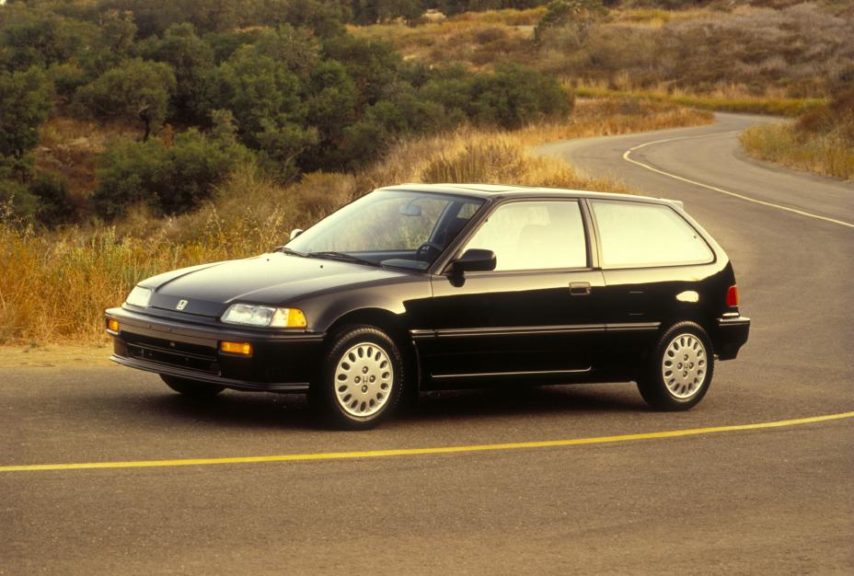
Engine options included 1.3-litre, 1.4-litre, 1.5-litre & 1.6-litre inline-4 units. More modern transmissions were launched as well. For the first time, it was available with a 6-speed manual gearbox and a 4-speed automatic.
Fifth Generation Honda Civic | 1991 – 1995
The fifth generation of the Honda Civic, spanning from 1992 to 1995, is a defining chapter in Honda Civic history. This iteration catapulted the Civic to global recognition with its sleek and aerodynamic design, setting a new standard for compact cars. The exterior exuded sophistication, embracing a more modern look that appealed to a broad audience.

Under the bonnet, the introduction of the Variable Valve Timing and Lift Electronic Control (VTEC) engine technology showcased Honda’s commitment to innovation. It soon turned into an enthusiasts’ favourite and buyers started making modifications to extract more power from the 1.6-litre B16 and 1.8-litre B18 inline-4 engines. This pushed Honda to launch a performance variant, altering the Honda Civic history.
Sixth Generation Honda Civic | 1995 – 2000
The sixth generation Honda Civic, produced from 1996 to 2000, marked a pivotal moment in the model’s evolution. With a sleek and aerodynamic redesign, the Civic embraced a more modern aesthetic, capturing the spirit of the approaching millennium. The exterior’s smooth lines were complemented by an increased focus on safety and interior comfort.
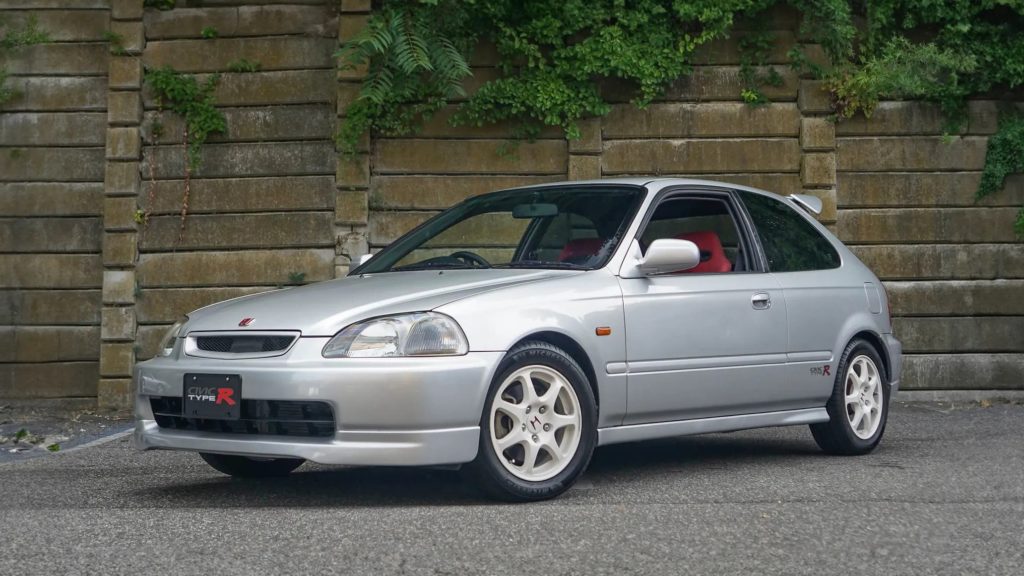
The very first Honda Civic Type-R launched in 1997 was based on this generation, hence it was an important generation in the Honda Civic history. Honda worked on reducing the weight and modified the B16B engine to produce more power. It even came with a helical limited-slip front differential and a close-ratio 5-speed manual gearbox. The engine produced 182hp and 160Nm which was quite a lot for a little hatchback.
Seventh Generation Honda Civic| 2000 – 2005
The seventh generation Honda Civic, produced from 2001 to 2005, marked a pivotal moment in the model’s evolution. Embracing a European-inspired design, this iteration featured a sleek and refined exterior that appealed to a broader audience. The Civic’s seventh generation showcased a commitment to driving dynamics, offering an engaging and responsive experience on the road.
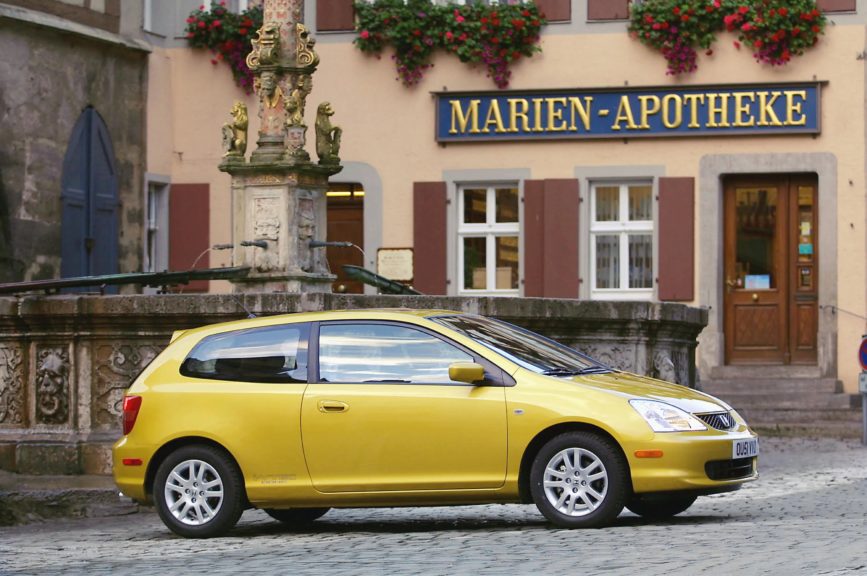
20101 saw the launch of the second-gen Honda Civic Type-R based on the seventh-gen Civic. While the Type-R was powered by a 2.0-litre K20 petrol engine, the standard Civic was powered by smaller, more efficient engines.
Eighth Generation Honda Civic| 2005 – 2011
The eighth generation Honda Civic, spanning from 2006 to 2011, marked a transformative era for this iconic compact car. Characterized by its sleek design and dynamic profile, the 8th gen Civic offered a range of body styles, including sedan, coupe, and the performance-oriented Si model.
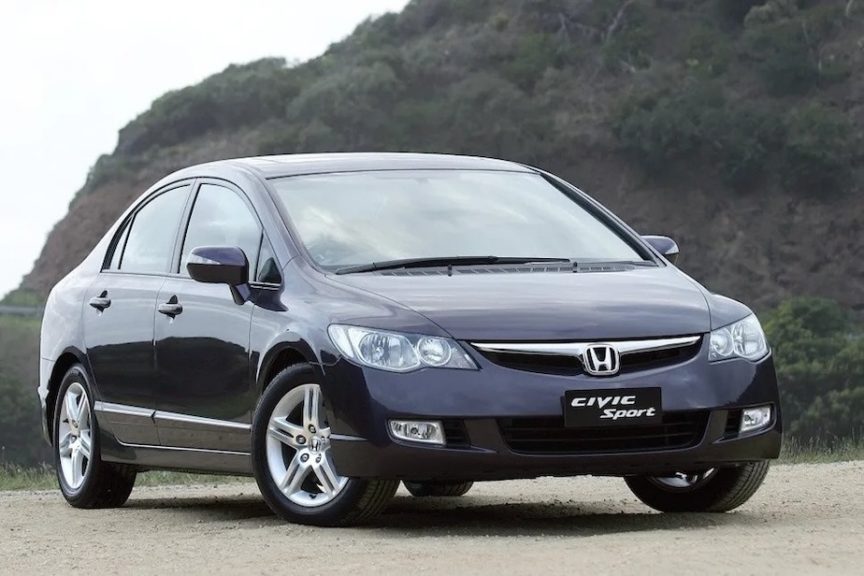
Underneath the bonnet, diverse engine options catered to various driving preferences, while technological upgrades included the introduction of a navigation system, reflecting Honda’s commitment to staying at the forefront of automotive innovation. In 2007, the FD2 Type-R was launched with an updated version of the same K20 engine now producing 222hp.
Ninth Generation Honda Civic | 2011 – 2015
The ninth-generation Honda Civic, produced between 2012 & 2015, marked a pivotal moment in the model’s evolution. Embracing modern sophistication, the Civic received a sleek exterior facelift and upgraded interior features, elevating the driving experience. The redesign aimed to strike a balance between style and fuel efficiency, appealing to a broad audience.
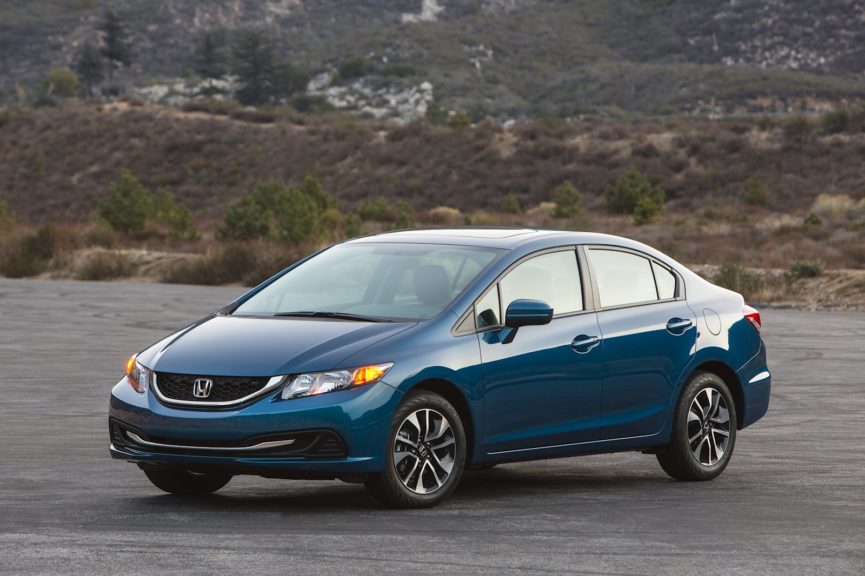
The Civic had grown in size and it was powered by a range of efficient engines. The Type-R version on the other hand grew more towards being a proper performance car. The K20 engine now produces 306hp.
Tenth Generation Honda Civic | 2015 – 2021
The tenth generation Honda Civic, spanning from 2016 to 2021, redefined the compact car landscape with its bold redesign and innovative features. This iteration showcased a sportier profile, marked by aggressive lines and a dynamic stance. Technological advancements took center stage with the Honda Sensing Suite, a comprehensive safety package that included features like collision mitigation and adaptive cruise control.
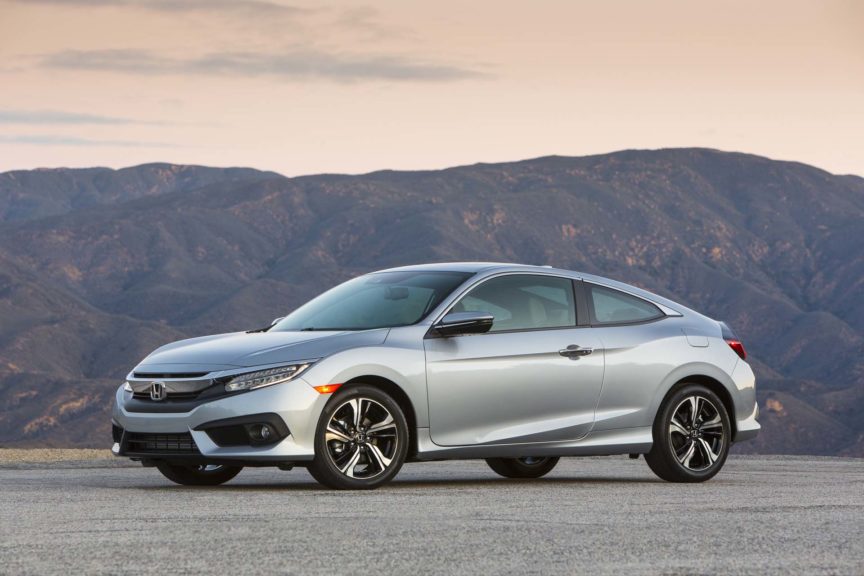
For the very first time, a diesel engine was available as an option in the Honda Civic history. Most other regions received an efficient range of petrol engines starting off with a 1.0-litre turbo-petrol inline-4 and going up to a 2.0-litre naturally-aspirated inline-4. The Type-R based on this generation had a top speed of 272km/h, making it the fastest Civic yet.
Eleventh Generation Honda Civic | 2021 – Present
The eleventh generation Honda Civic unveiled in 2021, marks a bold leap forward for this iconic compact car. With its sleek and sporty design, the Civic embraces a youthful yet elegant aesthetic, capturing the attention of a diverse demographic. The exterior showcases a lower, wider stance, while the interior is thoughtfully designed for comfort and functionality.
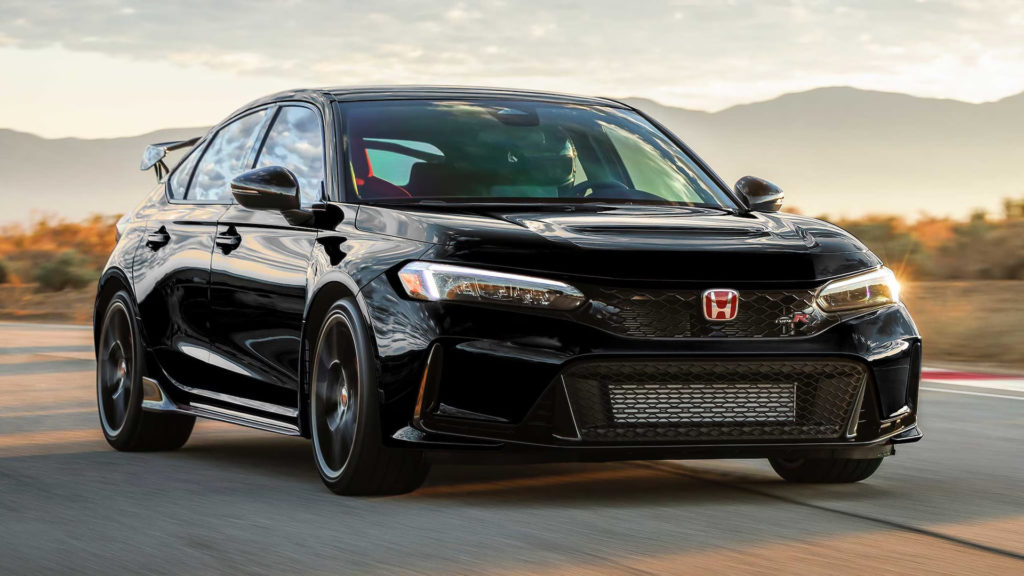
Technological innovations abound, featuring an updated infotainment system and advanced safety features, including the Honda Sensing suite. Under the hood, the Civic continues to deliver reliable performance with efficient engine options. Only 1.5-litre and 2.0-litre engine options are available. The Type-R version of this generation is still powered by the same 316hp engine from the previous generation.
Most Popular Honda Civic Generations In The UAE
In the UAE, the 10th generation of the Honda Civic is the most popular. The 11th generation too is quite popular. However, despite being more modern, it has not surpassed the sheer sales numbers of the 10th generation. Several eighth-generation Honda Civic models can also be spotted plying on UAE roads.
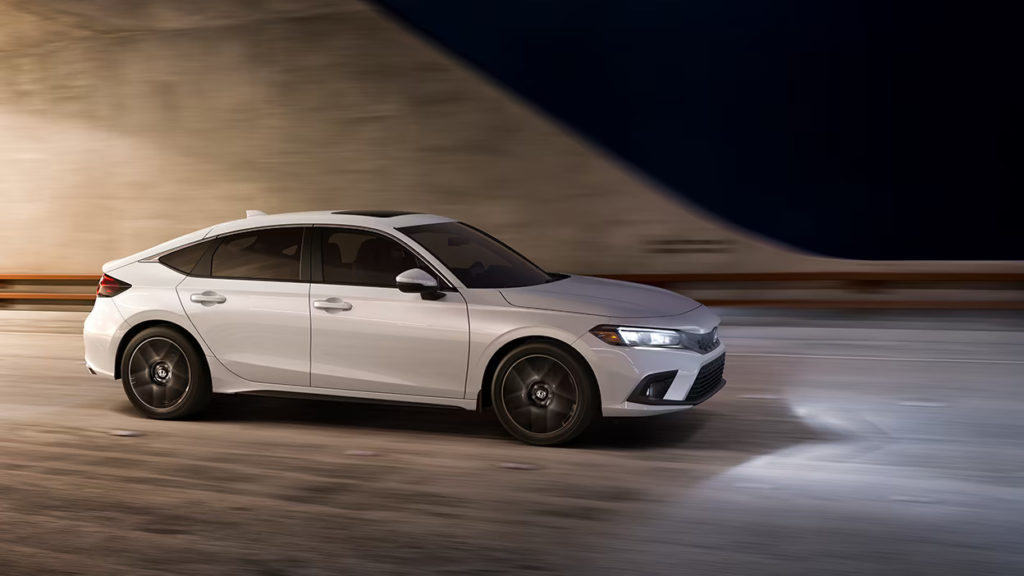
Find new Honda Civic cars for sale in the UAE and used Honda Civic cars for sale in the UAE.
Also Read:
– Audi TT Production Ends After 25 Years
– Top 10 Most Expensive Cars Listed On DubiCars
– Car Manufacturers That Make Non-Car-Related Products
The post Honda Civic History, Generations, Type-R Models & More appeared first on Dubi Cars - New and Used Cars.
from Dubi Cars – New and Used Cars https://ift.tt/pZy0CXr
https://ift.tt/bI4yl8W